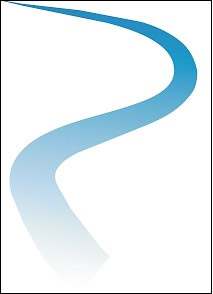
| Eridanus Optics CC | |
| 2004/102667/23 | |
| Postal Address | PO Box 100148 |
| Moreleta Plaza | |
| Pretoria | |
| 0167 | |
| Cell | 083 632 4894 |
| Fax | 086 636 2283 |
| see new website | |
| Internet | www.eridanusoptics.com |
| What's New? | |
| Now in stock | |
| 1. | Orion XT10 Intelliscope |
| 2. | 1¼” 18% Moon Filters |
| 3. | 13.8V Power supply |
| 4. | 2x Barlow lens (1¼”) |
|
Snake and Spider The two Magellan clouds are currently well positioned for viewing during the early evening and will continue to be the case for the next few months. These neighboring galaxies are however too faint to view without optical aid from light polluted sites and may still be challenging even with optical aid. As a result, most of us have to focus on the interesting deep sky objects close to or within these markers. The map is valid for 15 November 2006 20:00 viewed from Pretoria. Canopus is low in the South East while Achernar is high up towards South. Gamma Hydri almost forms an Isosceles triangle with Canopus and Achernar. Alpha Hydri is the bright star just below Achernar while Beta Hydri is the bright star on the extension line from Canopus to Gamma Hydri. Naked eye objects: Constellation: Hydrus (the lesser water snake) is normally depicted as a triangle, but Alpha Hydri is regarded as the head of the water snake. The body passes through Delta Hydri, Epsilon Hydri and Gamma Hydri with Beta Hydri being the tail. 47 Tucanae: 47 Tucanae is regarded as the second best Globular cluster in the Sky and can be found North (above) of Beta Hydri. 47 Tucanae can be seen without optical aid, even from light polluted areas. For more information on this object, see the December 2005 newsletter. Binocular objects: 47 Tucanae: Binoculars will show more detail of 47 Tucanae. It can also be useful to locate 47 Tucanae with binoculars first before attempting to look for it without optical aid. Tarantula nebula: The Tarantula nebula (180 000 light years away) is an easy target, even without optical aid from dark viewing sites, and is one of the largest emission nebulae with a diameter of over 1000 light years. It is said that if the Tarantula nebula were at the same distance from Earth than the much closer Orion nebula, it would be visible during the day and cast shadows at night. It would also be as large as the entire constellation of Orion. This nebula can be found between Gamma Hydri and Canopus. It is almost halfway between these two stars and slightly below the line connecting these objects. Pi Hydri: This is an optical double star and can be found between Alpha Hydri and Gamma Hydri. Telescope Objects: All the binocular objects listed above are suitable for viewing through a telescope. The adventurous may try to view NGC 362 (near 47 Tucanae). Good luck Maps created with 'Starry Night Orion Special Edition'. |